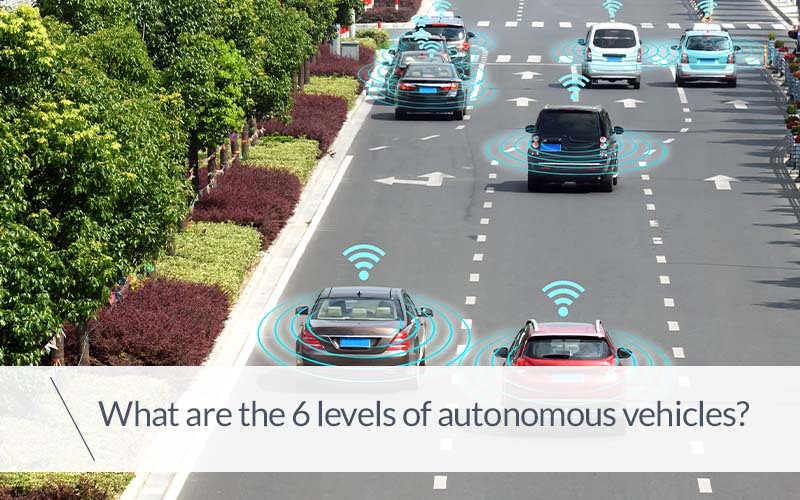Rise by Six: Your Daily Dose of Inspiration
Explore insights and stories that elevate your day.
Self-Driving Cars: The Road to Nowhere or Everywhere?
Explore the future of self-driving cars: are we heading to a revolution or a dead end? Discover the truth behind the hype!
The Future of Mobility: How Self-Driving Cars Are Changing Our Lives
The advent of self-driving cars marks a significant turning point in mobility and transportation. These autonomous vehicles leverage advanced technologies such as artificial intelligence, machine learning, and sophisticated sensors to navigate roads without human intervention. As they become more integrated into our daily lives, we can expect a decline in traffic accidents, which are primarily caused by human error. Moreover, the rise of self-driving cars promises to enhance mobility for those unable to drive, such as the elderly and disabled, thereby fostering greater independence and accessibility.
In addition to transforming personal mobility, self-driving cars are poised to reshape urban landscapes and the economy. A shift towards autonomous vehicles could lead to the reduction of traffic congestion and the reallocation of valuable urban space previously used for parking. Companies are also innovating around services like ride-sharing and on-demand transport, creating new economic opportunities and redefining mobility as a service. As we embrace this technological revolution, it’s essential to consider the implications on infrastructure, the environment, and the workforce, ensuring we harness these changes for a sustainable future.

The Technology Behind Self-Driving Cars: What You Need to Know
Self-driving cars represent one of the most significant advancements in automotive technology, leveraging a combination of artificial intelligence, computer vision, and various sensors to navigate roads with minimal human intervention. These vehicles utilize a blend of LIDAR, radar, and cameras to build a comprehensive 360-degree view of their surroundings. This data is processed through sophisticated algorithms that enable the vehicle to identify obstacles, traffic signals, and pedestrians, ensuring safety and efficiency on the road. With the ongoing development in machine learning, these systems continuously improve their performance, learning from vast amounts of driving data to become more adept at handling diverse driving conditions.
The architecture of a self-driving car typically includes several key components:
- Sensors: These devices collect data about the car's environment.
- Control Systems: They interpret sensory information to make driving decisions.
- Connectivity: Vehicles communicate with other cars and infrastructure, enhancing situational awareness.
- User Interface: It provides drivers and passengers with information about the vehicle's status.
Are We Ready for Self-Driving Cars? Pros, Cons, and Public Perception
As technology advances at an unprecedented pace, the discussion surrounding self-driving cars has become increasingly prominent. Supporters argue that these vehicles promise increased safety on the roads, reduced traffic congestion, and greater mobility for individuals unable to drive. According to the National Highway Traffic Safety Administration, over 90% of traffic accidents are due to human error, and autonomous vehicles could drastically reduce this statistic. In addition to safety, self-driving cars can optimize fuel efficiency and make logistics more streamlined, promoting a cleaner environment.
However, the transition to self-driving cars is not without its challenges. Critics voice concerns about the technology's reliability and the ethical implications of AI decision-making in accident scenarios. Furthermore, there is a significant public perception gap to navigate; many individuals are hesitant to relinquish control of their vehicles, fearing loss of agency and concerns about cybersecurity. According to recent surveys, while a fraction of the population is excited about the potential of autonomous vehicles, a larger segment remains skeptical or outright opposed. Addressing these concerns is crucial as we consider whether society is truly ready for the widespread adoption of self-driving cars.